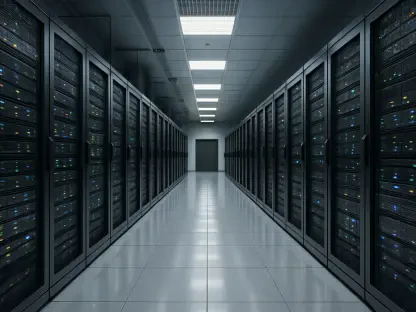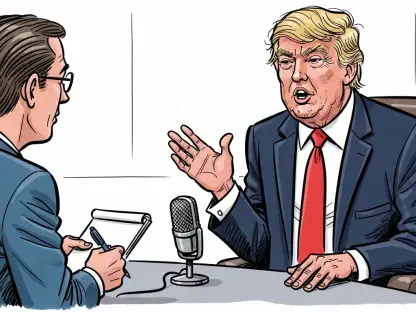The introduction of a new tax bill by Republicans in the House of Representatives marks a significant moment in the evolution of business and individual tax structures. With the potential to reshape the existing tax landscape, the proposals within the bill are generating substantial discussion and anticipation. As these developments unfold, they offer insight into long-term trends in tax policy, reflecting a concerted effort to make temporary fiscal measures permanent. This situation opens up several compelling scenarios for businesses, individuals, and policymakers to explore, presenting challenges as well as promising opportunities.
The Current Landscape of Business Tax Structures
Historical Context and Recent Developments
Business tax structures have undergone many changes over recent decades, evolving from straightforward systems to more complex frameworks. Historically, tax policies have shifted to adapt to economic challenges, such as recessionary pressures and globalization. Recent proposals aim to extend the provisions of the Tax Cuts and Jobs Act (TCJA) of 2017, which introduced substantial changes, slated to expire in the near future. The new tax bill seeks to ensure that these elements become permanent fixtures in the fiscal landscape, serving as a backbone for continued economic growth. Reports indicate that tax structures have become increasingly multifaceted, reflecting heightened scrutiny in today’s globalization-driven economy.
Real-World Applications and Innovations
Across various industries, innovative tax structures continue to emerge, helping companies adapt to dynamic market conditions and maximize profit. Major corporations are pioneering strategies to optimize their tax obligations, leveraging the benefits of newer policies. For example, multinational enterprises are strategically engaging with international tax rates such as GILTI, FDII, and BEAT—ensuring stability and profitability in global business operations. Business development companies have been expanding eligibility conditions for qualified interest dividends, supporting smaller enterprises and startups in their growth journey. These case studies reflect an ongoing trend wherein adaptability and innovation play crucial roles in shaping effective business tax structures.
Insights from Experts on Business Tax Structure Trends
Tax advisors, economists, and industry leaders are offering varied perspectives on the current trajectory of tax structures. Some experts highlight the significance of making temporary measures permanent, noting the stability it provides to businesses planning for long-term growth. Challenges often include navigating complex regulations and unforeseen market changes, but the overall outlook remains optimistic, with substantial benefits anticipated across various sectors. Experts also stress the importance of staying informed and adaptable as legislative changes arise, ensuring that businesses can effectively align their strategies to capitalize on emerging opportunities in the tax environment.
Anticipated Future Prospects of Business Tax Structures
Looking forward, business tax structures are expected to continue evolving in response to economic shifts and technological advancements. Trends suggest increased reliance on digital platforms and sophisticated metrics to manage tax obligations effectively. Potential changes could include adjustments to tax rates affecting domestic manufacturers, carried interest, capital gains, and estate taxation. Each brings specific benefits and challenges to the table, depending on industry dynamics and global economic conditions. Additionally, as policymakers push toward deadlines for implementing new measures, taxpayers and professionals must remain vigilant, considering implications on financial planning and strategy on a global scale.
Reflections on Business Tax Structure Evolution
This analysis has highlighted key aspects of current and future business tax trends in America. Tax structures remain central to ensuring economic stability and growth, as seen through legislative action and industry adaptation. The tax bill presents a diverse set of proposals to solidify TCJA provisions, reflecting substantial efforts to navigate complex fiscal environments. As developments continue, stakeholders have to synthesize insights from experts and evaluate business implications. The process underlined that the ongoing evolution of tax structures involves both challenges and opportunities, necessitating informed approaches to support forward-looking strategies.









